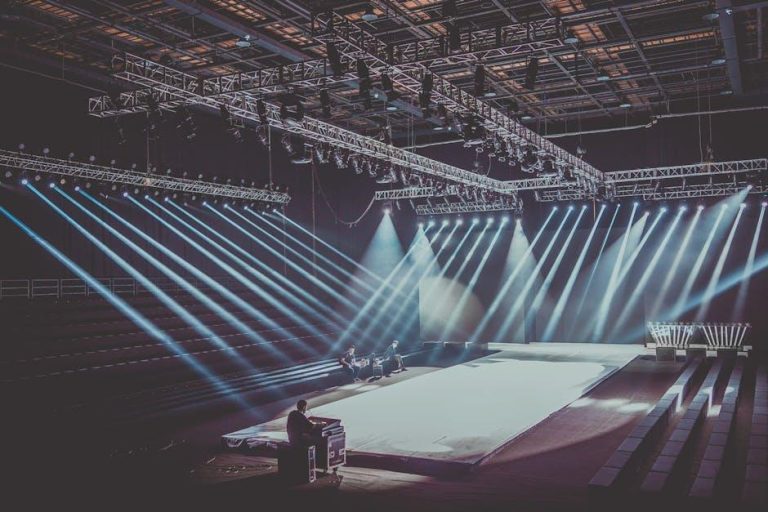When the spotlight illuminates the stage and the music fills the air, audiences are swept away by the magic of a live performance. Yet, beneath the harmony and spectacle lies a complex world rarely seen—a realm where countless hours of preparation, intricate coordination, and tireless dedication converge to bring every note to life. Exploring the behind-the-scenes dynamics of music events reveals not just the artistry of the musicians but the unsung heroes and meticulous craftsmanship that shape every unforgettable moment. In this article, we peel back the curtain to uncover what it truly takes to orchestrate the seamless experience that captivates fans worldwide.
Table of Contents
- Preparing the Venue for an Unforgettable Experience
- Orchestrating Sound and Lighting for Perfect Ambiance
- Coordinating Artist Arrivals and Backstage Dynamics
- Ensuring Seamless Crowd Management and Security
- Capturing the Moment with Expert Photography and Videography
- Post-Event Wrap-Up and Valuable Takeaways for Future Shows
- Q&A
- Wrapping Up
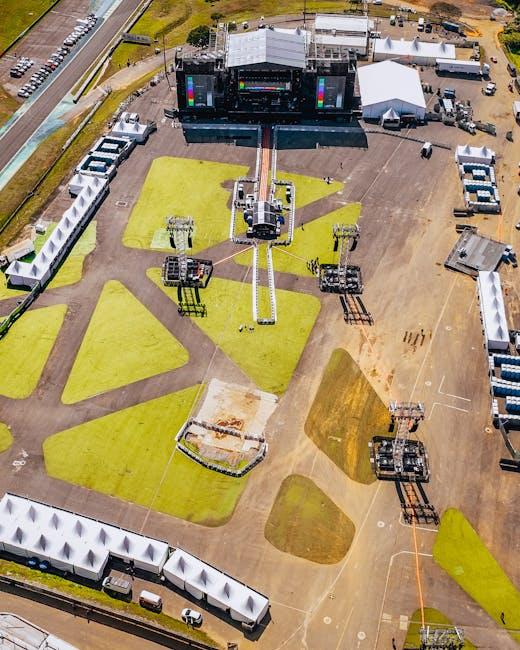
Preparing the Venue for an Unforgettable Experience
Transforming an ordinary space into a captivating concert environment requires meticulous attention to every detail. From calibrating the lighting to set the perfect ambiance, to optimizing sound systems for crystal-clear acoustics, each element plays a pivotal role in creating an immersive experience. The layout of the stage, placement of speakers, and even the position of crowd barriers are strategically arranged to maximize both safety and enjoyment.
Behind the scenes, the venue team works closely with event planners to coordinate logistics that often go unnoticed but are essential for the flow of the event. Here’s a glimpse of some critical preparations:
- Soundcheck and Equipment Testing: Ensuring all instruments and microphones perform flawlessly.
- Accessibility Arrangements: Setting up ramps, seating, and amenities for inclusiveness.
- Emergency Protocols: Clear signage and safety measures to handle unexpected situations.
- Vendor Coordination: Aligning food, merchandise, and hydration stations seamlessly.
| Preparation Stage | Key Focus | Estimated Time |
|---|---|---|
| Venue Setup | Stage and equipment layout | 6 hours |
| Technical Rehearsals | Sound and lighting checks | 3 hours |
| Safety Inspections | Fire exits and crowd control | 2 hours |
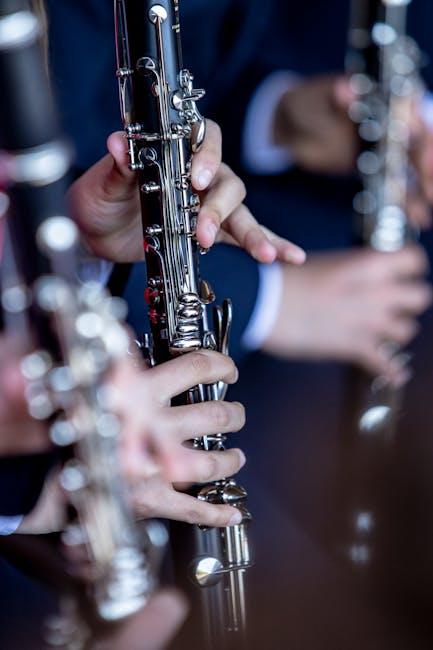
Orchestrating Sound and Lighting for Perfect Ambiance
Crafting an immersive sensory experience goes beyond mere volume or visual flair; it requires a delicate balance where sound and lighting become almost symbiotic. The interplay between crisp audio clarity and dynamic lighting cues shapes the emotional landscape of a venue, guiding the audience through peaks of energy and moments of calm. Sound engineers meticulously tune frequencies to suit the acoustics of each space, while lighting designers choreograph hues and intensities that reflect the mood of every song. This synergy is the heartbeat of any successful music event, turning a simple performance into an unforgettable journey.
Behind the scenes, a myriad of elements converge, often unnoticed, to synchronize these technical marvels seamlessly. Consider the roles and tools essential for this orchestration:
- Audio Console Operators: Balancing instruments and vocals to perfection.
- Lighting Programmers: Designing cues that shift with tempo and tone.
- Wireless Communication Systems: Ensuring flawless timing between teams.
- Environmental Sensors: Adjusting settings in real-time to crowd size and venue acoustics.
| Component | Purpose | Impact |
|---|---|---|
| Speaker Arrays | Distribute sound evenly | Enhances clarity across the venue |
| DMX Controllers | Orchestrate lighting patterns | Synchronizes visuals with music beats |
| In-ear Monitors | Feed sound to performers | Maintains performer timing and pitch |
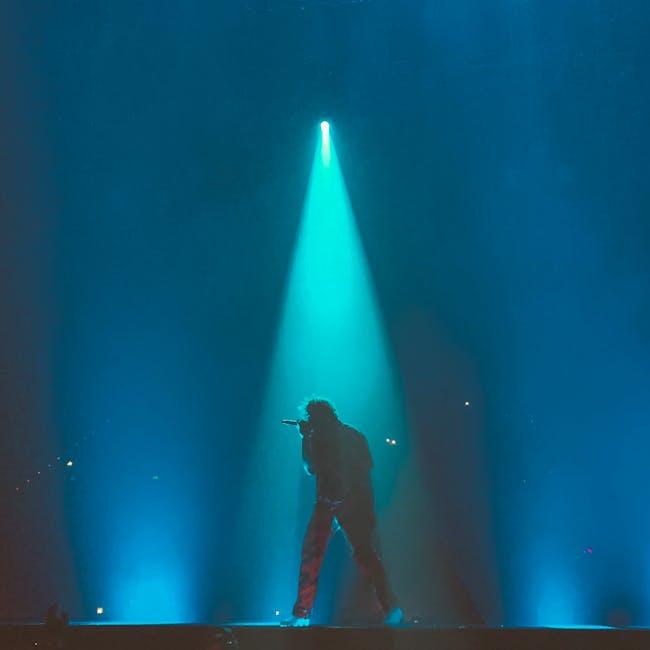
Coordinating Artist Arrivals and Backstage Dynamics
Every successful music event hinges on seamless artist management from arrival to performance. Coordinating arrivals means managing tight schedules, arranging timely transportation, and ensuring artists are greeted with professionalism. A dedicated liaison often handles last-minute changes or special requests, creating a smooth transition from airport or hotel to the venue. This minimizes stress and keeps performers focused and energized. Backstage, the environment is a web of organized chaos where stage managers, tech crews, and artists communicate constantly to guarantee everything runs like clockwork.
Backstage dynamics thrive on clear roles and open communication. Here, hospitality meets efficiency: comfortable green rooms are stocked with essentials, while technical teams perform final sound checks and equipment adjustments. Consider these essential components that keep backstage fluid:
- Real-time updates: Instant messaging apps or dedicated radios for prompt communication
- Artist requirements: Customized catering and private spaces respecting privacy
- Equipment logistics: Synchronizing instrument setups and sound engineering tasks
| Role | Responsibility | Timing |
|---|---|---|
| Artist Liaison | Coordinates arrivals & hospitality | 2 hours before arrival |
| Stage Manager | Oversees transitions & cues | Throughout event |
| Technical Crew | Handles sound & equipment | 1 hour before & during show |
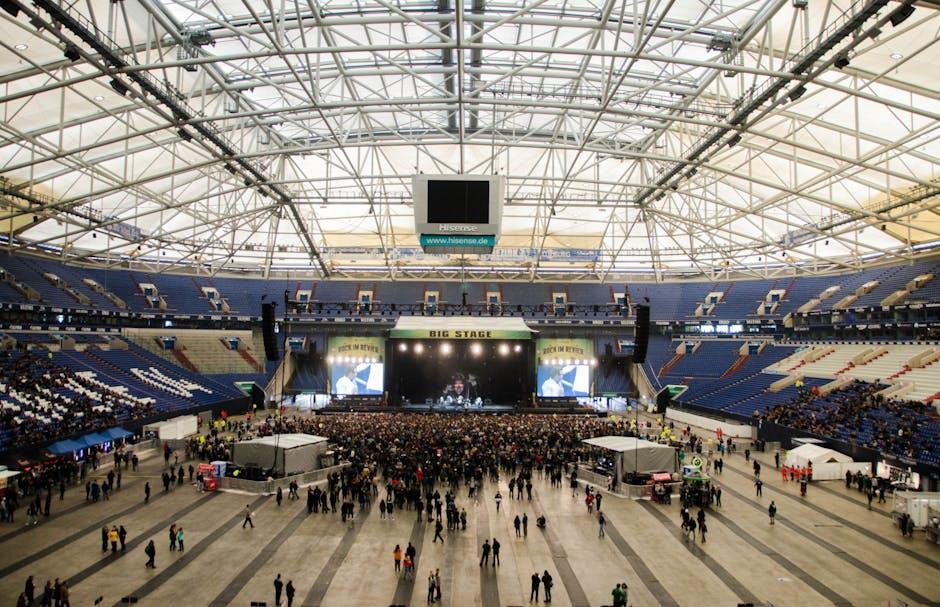
Ensuring Seamless Crowd Management and Security
Managing large crowds at music events requires a blend of meticulous planning and real-time adaptability. Event organizers rely on advanced technologies such as RFID wristbands and mobile apps to monitor attendee flow, ensuring no area becomes dangerously congested. Strategic placement of security personnel, combined with clearly marked emergency exits and communication hubs, creates a controlled environment where safety seamlessly coexists with the high energy of live performances. Key elements include:
- Real-time crowd density monitoring systems
- Trained security teams with rapid response protocols
- Efficient entry and exit point management
- Collaborative communication with local authorities
The coordination behind the scenes extends to managing potential risks such as unauthorized access, medical emergencies, and crowd surges. Event staff undergo rigorous training sessions that simulate challenging scenarios to prepare for quick decision-making. The concert environment is dynamically adjusted based on live data feedback, optimizing lighting, barriers, and sound levels to keep the crowd calm and engaged. Below is a simplified glimpse at the security staffing model for events based on expected attendance:
| Attendance | Security Staff | Medical Personnel | Support Staff |
|---|---|---|---|
| Up to 5,000 | 25 | 5 | 10 |
| 5,000 – 20,000 | 100 | 15 | 30 |
| 20,000+ | 300+ | 50+ | 80+ |
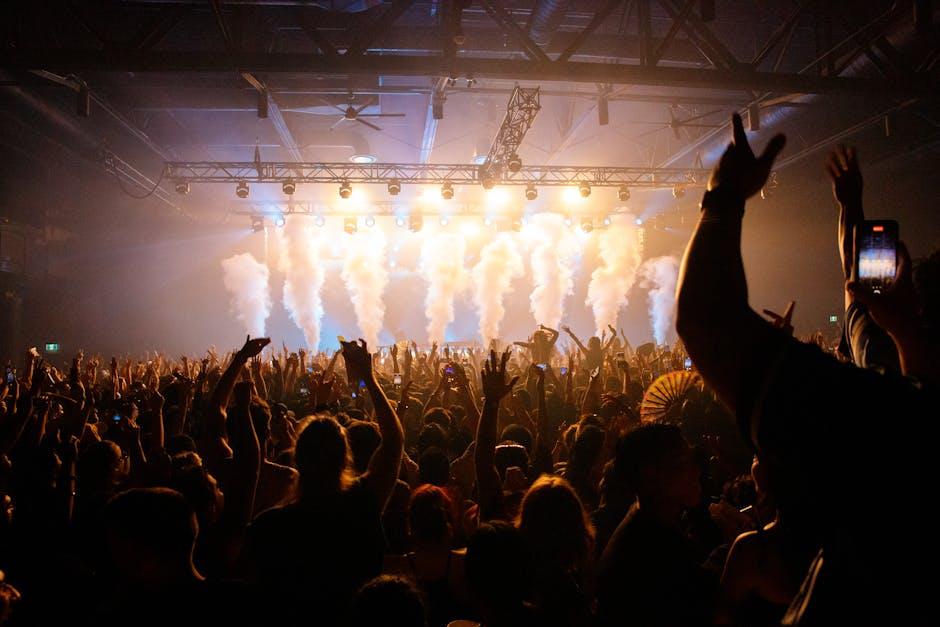
Capturing the Moment with Expert Photography and Videography
Every frame captured at a music event tells a story beyond the stage lights and roaring crowd. Skilled photographers and videographers understand how to harness the energy, emotion, and raw passion that unfold in real-time. They blend technical expertise with artistic intuition, using dynamic angles, lighting contrasts, and candid moments to craft visual narratives that resonate long after the final note fades.
Behind the camera, professionals equip themselves with an arsenal of tools and techniques to ensure every moment is immortalized with clarity and flair. From high-speed lenses to steady gimbals, these are the essential elements of their craft:
- Fast autofocus systems to capture fleeting gestures
- 360-degree video setups for immersive concert experiences
- Low-light optimization to enhance moody atmospheres
- Aerial drone shots offering breathtaking overhead views
| Equipment | Purpose | Result |
|---|---|---|
| Prime lenses (50mm, 85mm) | Sharp portraits and stage close-ups | Intimate performer connection |
| Gimbals and Stabilizers | Smooth motion in live footage | Professional, cinematic feel |
| Wireless Microphones | Clear sound capturing | Enhanced audio-visual sync |
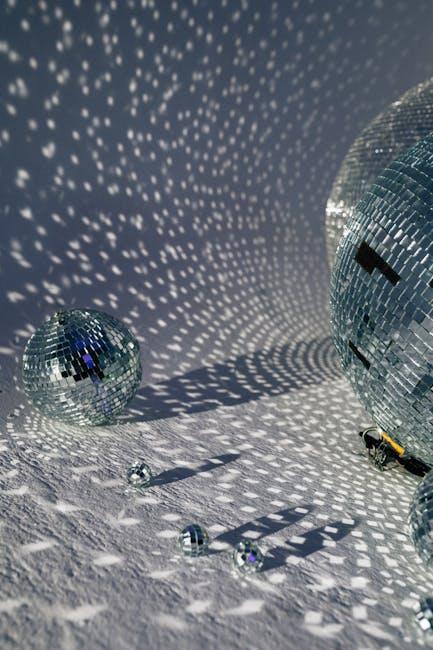
Post-Event Wrap-Up and Valuable Takeaways for Future Shows
Reflecting on the whirlwind that was the event, it’s clear that each element—from soundchecks to crowd control—played a pivotal role in crafting an unforgettable experience. Challenges arose, as they always do, but with every obstacle came valuable lessons. For instance, timely communication between tech crews and artists prevented potential bottlenecks, highlighting the importance of fluid, real-time collaboration. Equally, attention to crowd dynamics ensured safety while maintaining vibrant energy, proving that a well-managed audience is as crucial as the performance itself.
Moving forward, a few strategic adjustments could elevate future shows exponentially. Below is a snapshot of key takeaways worth embedding into the next event blueprint:
- Enhanced Pre-Event Rehearsals: Incorporate full technical run-throughs to anticipate glitches and streamline setups.
- Digital Check-In Systems: Accelerate entry processes and collect attendee data for tailored marketing.
- Real-Time Feedback Channels: Implement apps or social media tools to gauge the crowd’s mood and make on-the-fly improvements.
| Aspect | Challenge | Solution |
|---|---|---|
| Sound Quality | Unexpected feedback | Advanced sound checks & backup equipment |
| Security | Overcrowding at entrances | Staggered entry times |
| Artist Coordination | Last-minute schedule changes | Flexible on-site management |
Q&A
Q&A:
Q: What are some of the key roles involved behind the scenes at a music event?
A: Beyond the performers, there’s an intricate web of professionals making the event possible: event planners coordinate logistics, sound engineers craft the perfect audio experience, lighting technicians set the mood, stagehands manage equipment, security personnel ensure safety, and caterers keep everyone energized. Each role is crucial to the seamless execution of a music event.
Q: How early does preparation for a music event typically begin?
A: Preparation can start months in advance. From booking venues and artists to arranging permits and marketing, early planning is essential. On the actual event days, teams arrive hours before showtime for setup and sound checks, often turning the venue into a bustling hive of activity before doors open.
Q: What are some common challenges faced by behind-the-scenes teams?
A: Unpredictable weather, technical glitches, last-minute artist requests, and crowd management can all present hurdles. The teams must think on their feet, adapt quickly, and maintain calm under pressure to ensure the show goes on without a hitch.
Q: How do sound and lighting technicians collaborate during a performance?
A: Sound and lighting technicians work in harmony to create an immersive experience. While the sound engineer balances audio levels and mixes feeds in real time, lighting techs enhance mood, highlight performers, and sync visual effects to the music. Their teamwork transforms a stage into a living, breathing spectacle.
Q: What goes into ensuring the safety and security of a music event?
A: Security personnel conduct crowd control, check credentials, and are trained to respond to emergencies. Organizers also collaborate with local authorities and medical teams to plan for potential incidents, ensuring both performers and attendees can enjoy the event safely.
Q: Why is backstage support often overlooked by audiences?
A: Because the best behind-the-scenes work is invisible, audiences rarely witness the chaos, coordination, and creativity behind a flawless show. It’s a testament to these teams that the spotlight remains on the artists, while their tireless efforts go unsung.
Q: What skills are essential for someone interested in working behind the scenes at music events?
A: Flexibility, problem-solving, communication, and technical knowledge are key. Whether you’re rigging lights or operating a mixing console, the ability to stay calm under pressure and collaborate with diverse teams is invaluable.
Q: How has technology changed the behind-the-scenes aspect of music events?
A: Advances in digital soundboards, wireless communication, and automated lighting systems have revolutionized event production. These tools allow greater precision and creativity but also require continuous learning to keep pace with evolving tech.
Q: Can behind-the-scenes roles lead to creative opportunities?
A: Absolutely. Many professionals start in support roles and move into creative positions like production design, directing, or artist management. The behind-the-scenes world is a fertile ground for creativity that extends far beyond the spotlight.
Q: What’s the most rewarding part of working behind the scenes at music events?
A: Seeing everything come together flawlessly and witnessing the crowd’s reaction to a great show is deeply satisfying. Knowing you played a part in creating unforgettable moments, even if you’re out of view, makes the hard work worthwhile.
Wrapping Up
As the final notes fade and the applause settles, it’s easy to forget the intricate dance of preparation that made the magic possible. Behind every music event lies a symphony of unseen efforts — from the tireless crew tuning every wire to the planners orchestrating each moment with precision. It’s in this hidden world that the true heartbeat of live music pulses, reminding us that every unforgettable performance is a collective masterpiece crafted far beyond the spotlight. So next time you lose yourself in a song under the stage lights, remember the remarkable journey that brought it there — a testament to passion, patience, and the art behind the scenes.

